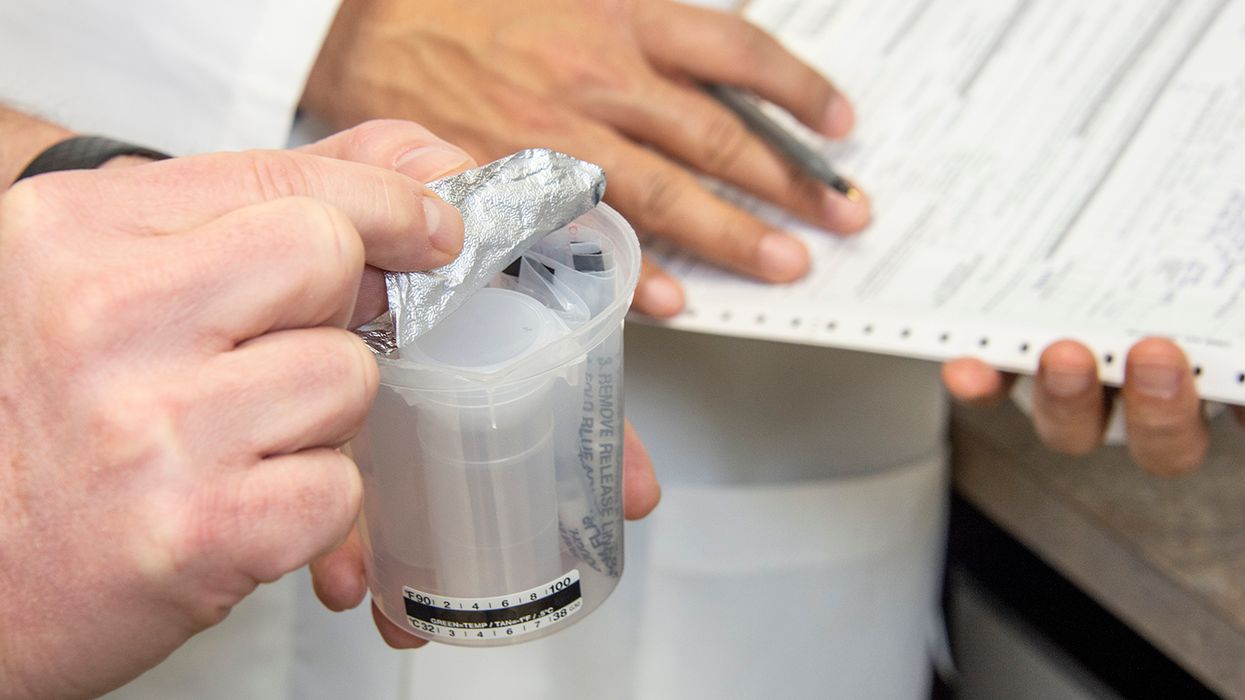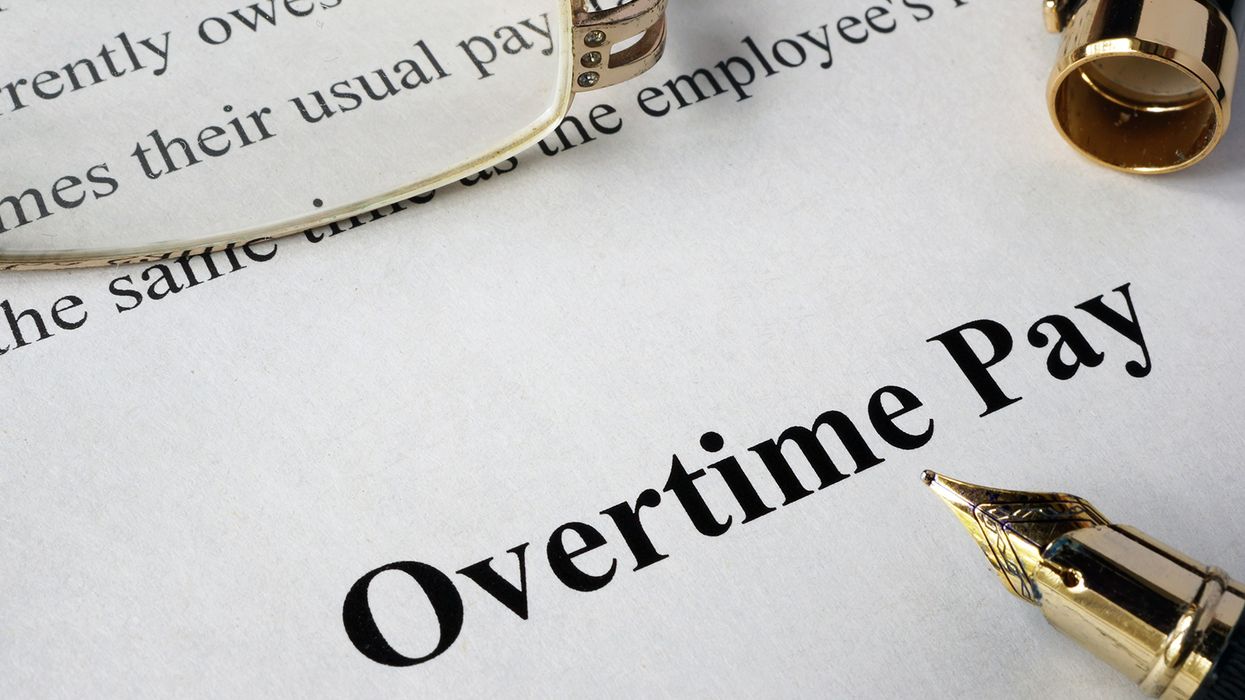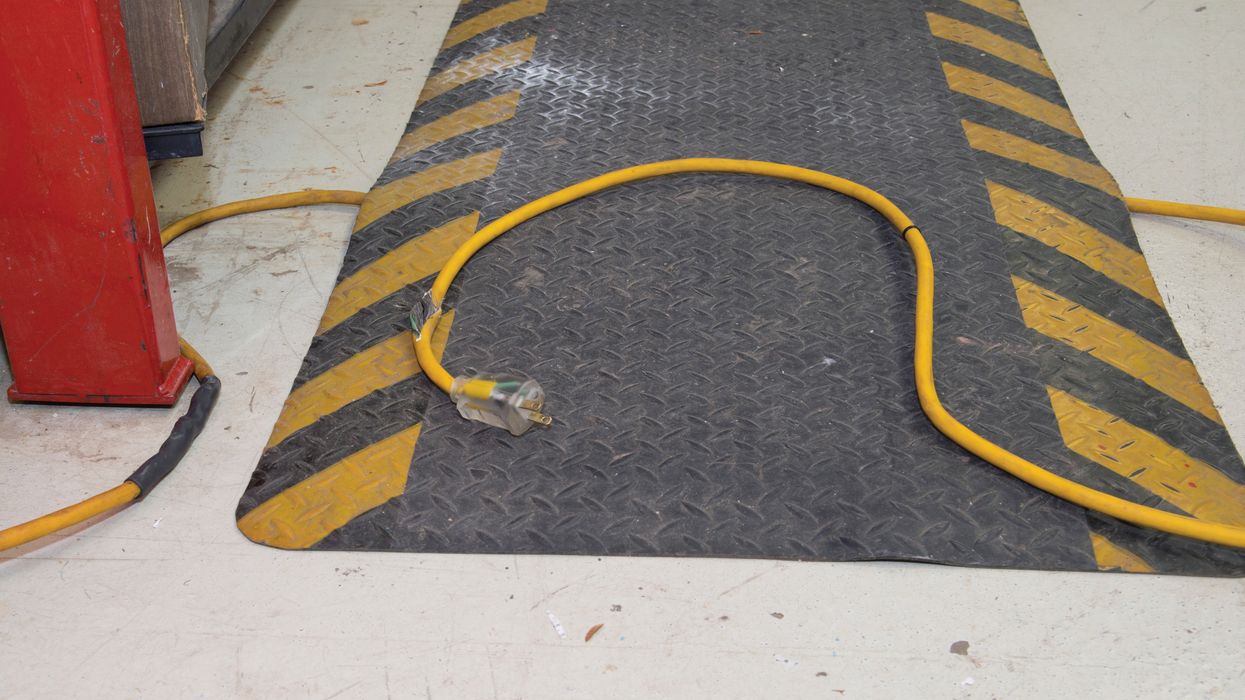Attitudes toward workplace sexual harassment must change for numbers to decrease
Employers paid out $61.6 million to those alleging sexual harassment violations through the Equal Employment Opportunity Commission (EEOC) in 2021.
The amount paid out in 2020 was even higher at $65.3 million. This was significantly more than any amount collected prior to 2018 – the year high-profile cases shined a spotlight on sexual harassment and the #MeToo movement took hold.
What trends are showing
While there has been a slight downward trend in the number of sexual harassment allegations filed with the EEOC, the overall number has remained consistent at more than 10,000 per year throughout the past decade. Greater awareness, it seems, has not resulted in drastically lower numbers.
What employers should do
Too often, employers expect sexual harassment to be easy to spot and easy to stop. Unfortunately, just like the people involved, harassment claims can be complicated, have different perspectives, and can be difficult to understand.
If a company’s approach to the problem of workplace sexual harassment isn’t working, its HR department may need to:
- Stop looking for a villain: In cases of harassment, people often expect there to be a clear-cut “bad guy.” The truth is, many instances of sexual harassment fall into uncomfortable gray areas and finding the truth requires a nuanced approach. A thorough investigation of each claim is the best first step.
- Stop punishing the victim: Separating the harassed from the harasser may seem like a logical response, but it can cause unintended harm. Requiring the injured party to change shifts or avoid the harasser puts the onus on the victim instead of the perpetrator. Before taking any action, consider the impact. For instance, if you choose to put the victim on leave during the investigation for safety’s sake, ensure that the person does not end up missing out on wages or other benefits. Clearly communicate that the leave is a safety measure and not punitive.
- Stop using scare tactics: Many sexual harassment training programs say that men are more likely to be harassers than women. While this is true, repeatedly reinforcing the message that men are “villains” may drive them to avoid interacting with women coworkers altogether. This might cause inadvertent discrimination that could harm women’s careers.
Workplace sexual harassment may never fully go away. Employers, however, should support any employee who reports harassment, while striving to make the work environment a safe place for everyone.
Key to remember
As society’s understanding of issues surrounding sexual harassment evolves over time, employers must recognize that their responses should also continue to evolve. The first step to that evolution is a thorough understanding of the issues.
































































